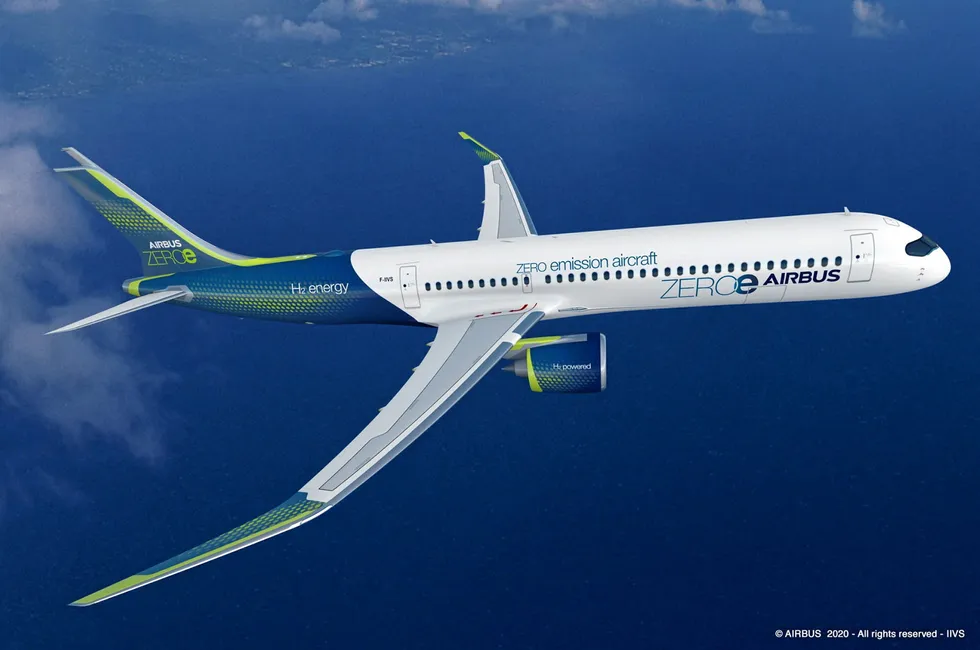Future global demand for hydrogen fuel in aviation could require more than half of all power produced in EU today
An extra 500-1,500TWh of renewable electricity would be needed to meet demand from a relatively small fleet of H2 planes by 2050, in a net-zero scenario, says McKinsey report
